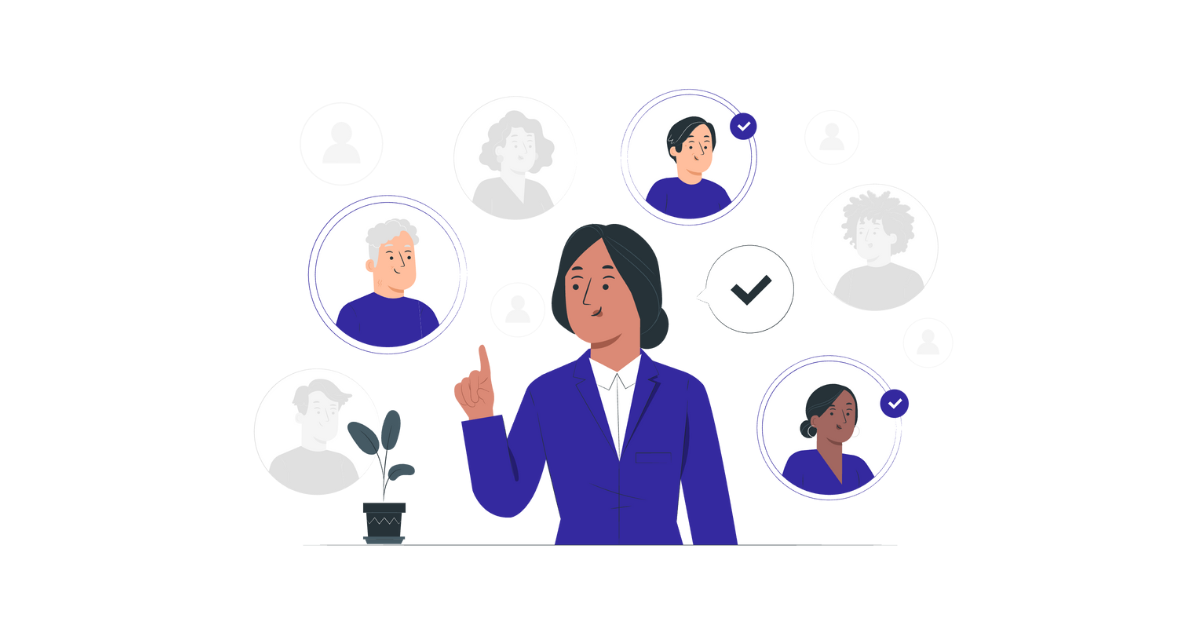According to a 2023 Gartner survey, knowledge workers use an average of 11 applications in their role – a significant increase from the 6 applications tallied in 2019. Unsurprisingly, 63% of workers report spending too much time searching for the right information sources within their organization’s intranet software.
This time-consuming rotation of tools in the digital workspace perpetuates an inordinate amount of focus on menial work tasks like looking for information, checking status updates, or switching between applications. Not only does this inundation of micro-tasks fuel employee burnout and stress but it’s a one way ticket to time mismanagement.
In other words, priority overload and digital noise compounded over various departments can cut back significantly on uninterrupted work time and collective productivity. Both of which, when compromised, substantially hinder the employee experience by perpetuating a more fractured and frantic remote work environment.
Employee Turnover and Communication Silos
The average tenure of employees has been on the decline for decades, with the median average now resting at 4.3 years for men and 3.8 years for women. Though a variety of factors can influence employee tenure (ex. age, education, industry), the reality of increased employee turnover poses a distinct challenge to knowledge workers today. This is because a consistent influx of new hires means more individuals need to learn how to navigate the company’s systems.
Though remote organizations have taken on a variety of best-of-breed tools in order to streamline their sales, marketing, and HR functions, the sheer overcrowding of intranet systems has inadvertently obstructed workflow. Notably, 79% of knowledge workers report siloed teams in their organizations. The concurrent lack of visibility and cross functionality due to data silos can be wounding to dispersed teams, especially those trying to welcome a steady stream of new remote hires.
Thus, it is more critical than ever before to preserve institutional memory and facilitate efficient knowledge transfer to smooth out employee training and collaboration from onboarding onward.
The Downfall of Traditional Intranets
Previously, organizations have turned to legacy intranets to try and remedy their knowledge management woes. The premise for this shift was straightforward: mandate that all content be funneled into a single application, aiming to centralize all company information. However, the reality of today’s modern workplace is far more complex.
The Era of Specialization:
In the contemporary business landscape, specialized tools exist for nearly every facet of operations, from sales and marketing to the most niche areas of product development. This incredible degree of specialization mirrors the evolving nature of work, where companies rely on a diverse set of applications to optimize their internal processes. As a result, the notion of consolidating all content into a single tool has become impractical and unfeasible.
Escaping the Intranet Dumping Ground:
Remote work inevitably leads to over documentation, and the accumulation of outdated processes and contributions from past employees tends to obscure the knowledge worker’s dizzying search for information. To break free from the intranet dumping grounds of time’s past, organizations must turn to more innovative software solutions that instill greater flexibility, integration capabilities, and user-friendly interfaces.
Cleary leads the charge along these lines via auto-archiving features, admin alerts, articles, and go/links so knowledge workers no longer don’t have to waste valuable time and energy searching ad nauseum.
Cleary’s Self-Serve Revolution
By recognizing the limitations of legacy intranets and the need for a more adaptable approach, Cleary has championed a self-serve revolution in knowledge management. Our solution acknowledges the era of specialization and provides a platform that adapts to the diverse tools and applications used by knowledge workers today. In other words, we help information flow across a variety of tools, ensuring convenient accessibility no matter where data is stored.
Revamping Employee Support:
Historically, employee questions and requests were fielded by dedicated IT, HR, or admin teams. However, the landscape has evolved, with these support teams becoming fewer in number.
Moreover, the standard shoulder-tap office interaction is largely absent in remote settings. This absence often leads to a reliance on ticketing systems, which can be cumbersome and time-consuming. Cleary aims to address the root cause of these support requests by empowering employees to self-serve, thus slashing inefficiencies and streamlining the information retrieval process.
Addressing “The First Search Problem”
The initial search for crucial data and resources, often referred to as “The First Search Problem,” can be a time-consuming and frustrating experience, especially for new hires. Cleary’s communication approach provides a structured repository for company-level knowledge, serving as a single source of truth for all employees. In other words, providing better search quality for both new and tenured knowledge workers allows for greater control over productivity and workflow long-term as well as fosters more independent and proactive teams.
In all, though legacy intranets were once a logical solution, they no longer meet the dynamic needs of modern organizations. With 51% of knowledge workers in the U.S. forecasted to be working hybrid by the end of 2023, time is of the essence when it comes to establishing more efficient avenues for knowledge sharing and storage.
Cleary readily offers a path forward—a path that embraces the specialized nature of today’s work environment, encourages employees with self-serve solutions, and ultimately enhances cross-functional productivity and efficiency.




